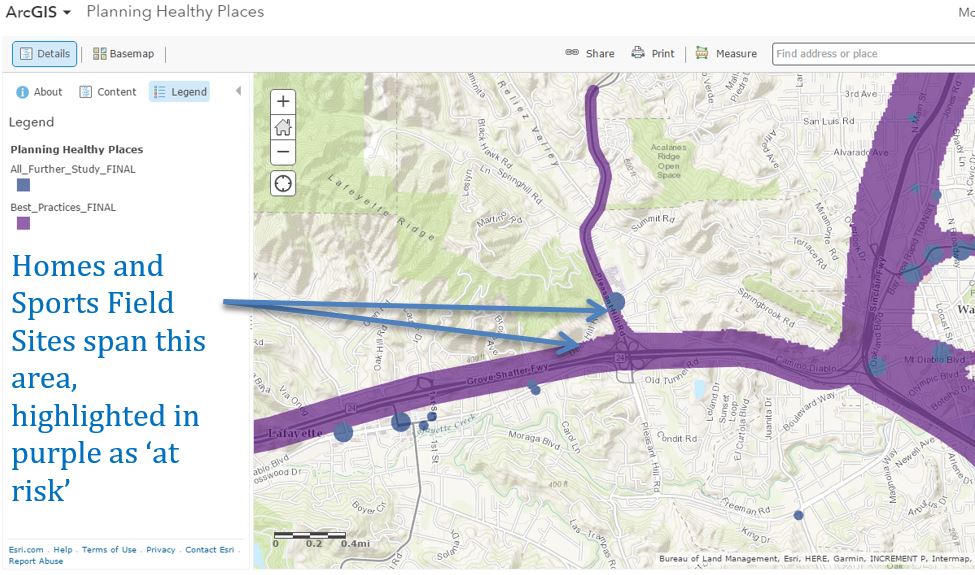As reported in the East Bay Times:
A San Francisco appeals court judge has temporarily blocked the city of Lafayette from work on the approved Homes at Deer Hill project while it considers an appeal from the group Save Lafayette. A temporary stay has been issued barring Lafayette from implementing an ordinance allowing the Homes at Deer Hill project and any further work on the high-end housing development.
PUBLISHED: June 27, 2017 at 9:52 am | UPDATED: June 27, 2017 at 9:53 am
LAFAYETTE — A state appeals court has blocked the approved Homes at Deer Hill development from moving forward.
First Appellate District court Judge Ignazio J. Ruvolo issued a temporary stay June 14 barring the city from implementing an ordinance allowing the residences and any further work on the high-end housing development.
The city can challenge the order, but it must do so by June 29, according to a court document.
The ruling comes in response to an appeal by the group Save Lafayette of a Contra Costa Superior Court judge’s dismissal of a lawsuit against the city of Lafayette last year. The group is challenging the city council’s rejection of a referendum petition asking that voters be allowed to approve or reject the Deer Hill development.
Save Lafayette spokesman Michael Griffiths said the group is concerned that the city is issuing permits and making related approvals despite a pending appeal.
“The city’s proceeding with all due haste although they’re potentially in violation of the election code because the lawsuit isn’t resolved,” Griffiths said.
State law requires petitioners seeking to approve or reject an ordinance or other regulation collect signatures from 10 percent of registered voters within 30 days.
Save Lafayette gathered more than 2,300 signatures, 1,809 of which were verified by county elections officials and certified by the city clerk. But city leaders decided in December 2015 that the petition was invalid because it would reverse a zoning change made to the development site, and create a conflict with Lafayette’s amended general plan.
Noting the judge granted the temporary stay without having received opposition from the city, City Attorney Mala Subramnian said Lafayette plans to oppose the group’s appeal.
“Save Lafayette has not adequately demonstrated a threat of irreparable harm sufficient to merit the imposition of a stay nor that the appeal has merit,” she wrote in an email.
Griffiths said the group took issue with the city’s reasoning for the denial, and said it was taking no position on the project itself.
“Our whole basis for this appeal is that the voters have a constitutional right to vote on this. The way the city went about denying the referendum, we feel, is not appropriate.”
The stay comes on the heels of a settlement between the city and the San Francisco Bay Area Renters’ Federation (SFBARF), which had sued Lafayette over the construction of the 44 homes pitched on a hillside above Highway 24.
The O’Brien Land Company had originally proposed 315 moderate-income apartments at the site before striking a deal with the city to build the residences and several public amenities there.
